Review: Korg drumlogue – the drum machine of the future?
Yes, it’s true: the highly anticipated Korg drumlogue has finally arrived! We had the opportunity to take the 11-voice drum machine and synthesizer for a test drive in our studio ahead of the release. Long story short – the Korg drumlogue is full of surprises, sounds fantastic, and just grooves and grooves and grooves. And then, there’s the “logue” part.
Note: This article by Marcus Schmahl was originally published in German on gearnews.de.
Korg drumlogue – Standout Features
- Hybrid analogue/digital drum machine
- Four analogue voices: Bass Drum, Snare Drum, Toms and High-Hats
- Six PCM/user samples
- Multi-engine taken from Minilogue XD
- Onboard Effects
Korg drumlogue desktop drum machine
We first saw the drumlogue when Korg announced it at the virtual NAMM Show in January 2021. All we got back then was a short video of the user interface and some details about the sound engine, but it sounded very promising – mainly because of the “logue” moniker. If you’re familiar with the Korg Prologue, Minilogue XD, or NTS-1, you already know what that means: Like those synthesizers, the drumlogue offers a free slot for loading a wide variety of third-party plugin oscillators or effects, which greatly expands the sonic potential.
In addition to this, the drumlogue offers analog bass drum, snare, and tom instruments, as well as a digital section with six sample engines and a built-in synth. That covers pretty much everything you could want from an electronic drum machine. And now, the wait is finally over and you can order the drumlogue today!
Unboxing the Korg drumlogue
Besides the actual drum machine, the box contains a power supply and a quick start guide in several languages. The full manual is available for download on Korg’s website. At 318 x 190 x 60 millimeters (12.5 x 7.5 x 2.4 inches), the drumlogue fits perfectly onto any studio desk. Its black aluminum enclosure with wooden sides has four rubber feet and rests firmly on the table despite its rather low weight.
All connectors are on the back, where you’ll find the power switch, a headphone jack, two main outputs (L, R), four individual mono outputs, an audio input, sync in and out, MIDI in and out, two USB ports, and the power connector.
The slightly angled panel is filled with 15 rotary knobs for editing the sounds, four endless encoders for navigating the menus, eleven small pots for adjusting the volume of each channel, an illuminated tempo knob, 20 buttons (many of which have several functions), and 16 additional buttons for the step sequencer.
First impression
The small, but sharp OLED screen displays menus and parameter values, as well as the loaded presets and patterns. The rotary knobs feel very good and I think they offer just the right amount of resistance. Along with the many buttons, they make it easy to dial in new sounds and record sequences. The Shift button provides access to the secondary functions of many controls. It took me a while to get used to this – while it offers even more ways to get creative, you can also destroy your pattern pretty quickly if you’re not careful.
After initializing a preset (which takes just one click), I proceeded to make my own sounds and patterns. And what can I say – it’s a blast! Punching in a sequence and dialing in the sounds using the rotary knobs is quick and intuitive. All important parameters are easy to reach right on the panel. If you want to dig deeper, you can flick through the menu using the page buttons and adjust the ins and outs of the sound engine using the four encoders. Which parameters are available for adjusting depends on the sound engine for the given channel.
Jamming on the Korg drumlogue
Jamming, programming patterns, or even just creating single drum sounds for your next track is quick and easy on the drumlogue. And it rewards you with smashing kicks, toms, claps, and hi-hats, but also some cool synth stabs and chords. There really are hardly any boundaries, and the included presets do a great job of showcasing this versatility by covering grooves from a wide variety of styles (see the videos below this article). All in all, the Korg drumlogue feels like more than just a drum machine; you could even potentially produce a whole track on it in certain electronic styles.
The user interface is pretty self-explanatory and even beginners should have no problems finding their way around. The menus are set up in a simple and logical way and most parameters are easy to find. And that’s how it should be! If you want to dive deeper into the drumlogue’s sound design capabilities, you’ll find several pages with extended parameters for creating sounds and sequences. But now, let’s go a step further and make some beats!
Sequencer and effects
Working with the sequencer is very easy and intuitive. You can choose to record your groove live using the 16 trigger pads, or program patterns step by step in true x0x fashion. Each pattern consists of up to 64 steps, and there’s a variable swing feature. It’s even possible to program complex polyrhythms. With other features like randomizers for various settings, step probability, alternative trigger patterns per step, micro timing, choke groups, and more, it’s easy to create interesting grooves with lots of variation.
There’s also a Chain feature for combining patterns to complete songs or backing tracks for live performances. And thanks to Motion Sequencing, you can record parameters per step, similar to Parameter Locks on Elektron machines. Think of it as a type of automation that helps to add variation to patterns.
In terms of effects, the drumlogue offers two send effects: Reverb and Delay. Both offer many adjustable parameters (24 per effect, to be precise), and you can route each channel to the effects via individual sends. In addition to this, there’s a master section with three master effects: Equalizer, Boost, and Compressor.
Why “logue”?
What really sets the drumlogue apart is the multi-engine logue oscillator known from the Minilogue XD, Prologue, and NTS-1. Just like those synths, the drumlogue allows you to load plugin oscillators, drum synths, and even effects, which greatly expands the sonic potential. There’s a growing library of very creative third-party logue plugins developed by independent programmers using the free Korg logue SDK.
The drumlogue comes with the Nano plugin, which is a virtual analog synth by Sinevibes with two oscillators, ring modulation, a four-pole filter, envelopes, and an LFO. Unfortunately, reviewing the drumlogue ahead of the official release date meant that I didn’t yet have access to the software needed to transfer logue plugins and samples to the drumlogue. But I’m familiar with the possibilities from the Minilogue XD, and they’re truly impressive. Along with the ability to load user samples, the logue engine ensures that you’ll never run out of fresh sounds for your drumlogue.
Conclusion
The wait was well worth it: The Korg drumlogue is a truly well thought-out and versatile drum machine and synthesizer that can absolutely hold its own against some much more expensive competitors (like the Elektron Analog Rytm). And that’s not just because of its features and capabilities, but also because of its punchy sound, which has no trouble cutting through the mix. If there’s one thing I’m missing, it’s a solo button, which would make for easier breakdowns in live performances. But that’s a minor oversight that pales in comparison with the many great ideas that went into this drum machine. All things considered, the drumlogue is a fantastic addition to any studio or electronic beat production setup, and it’s equally great for live performances.
You are currently viewing a placeholder content from YouTube. To access the actual content, click the button below. Please note that doing so will share data with third-party providers.
Price and availability
The Korg drumlogue is now available to order from Thomann* for €599.

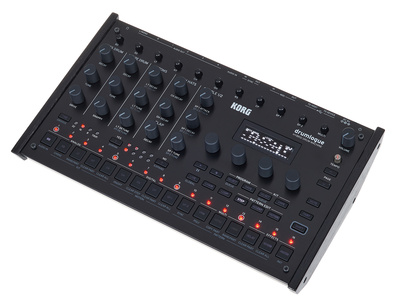
More information about the Korg drumlogue
Videos
You are currently viewing a placeholder content from YouTube. To access the actual content, click the button below. Please note that doing so will share data with third-party providers.
You are currently viewing a placeholder content from YouTube. To access the actual content, click the button below. Please note that doing so will share data with third-party providers.
* This post contains affiliate links and/or widgets. When you buy a product via our affiliate partner, we receive a small commission that helps support what we do. Don’t worry, you pay the same price. Thanks for your support!
5 responses to “Review: Korg drumlogue – the drum machine of the future?”

You are currently viewing a placeholder content from Facebook. To access the actual content, click the button below. Please note that doing so will share data with third-party providers.
More InformationYou are currently viewing a placeholder content from Instagram. To access the actual content, click the button below. Please note that doing so will share data with third-party providers.
More InformationYou are currently viewing a placeholder content from X. To access the actual content, click the button below. Please note that doing so will share data with third-party providers.
More Information 4,3 / 5,0 |
4,3 / 5,0 | 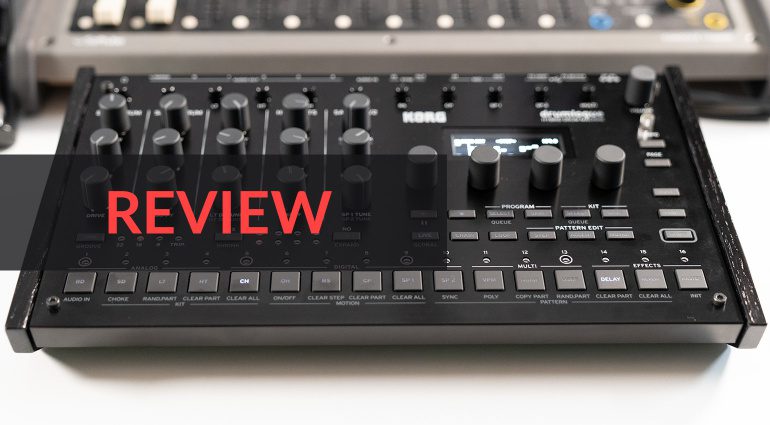

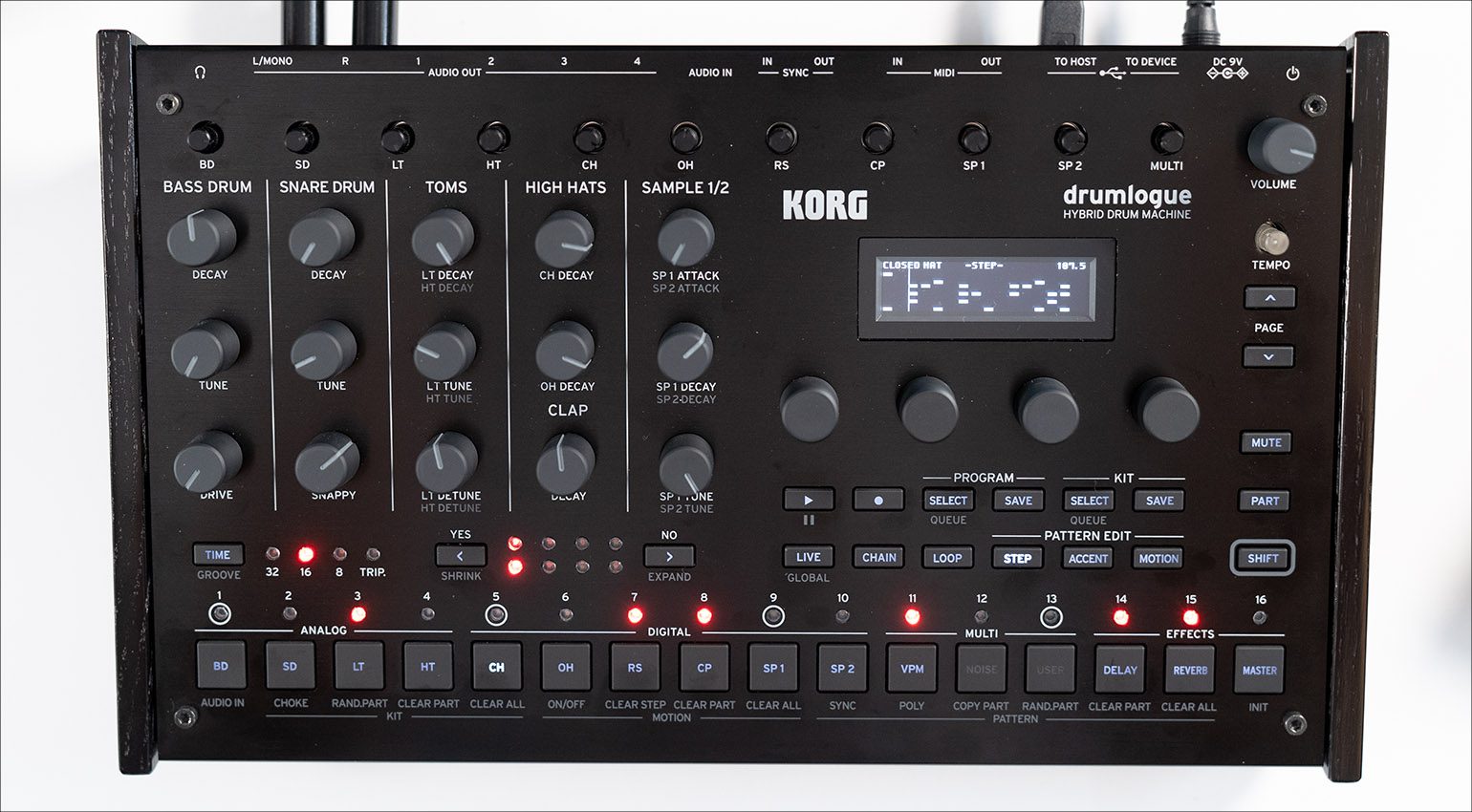
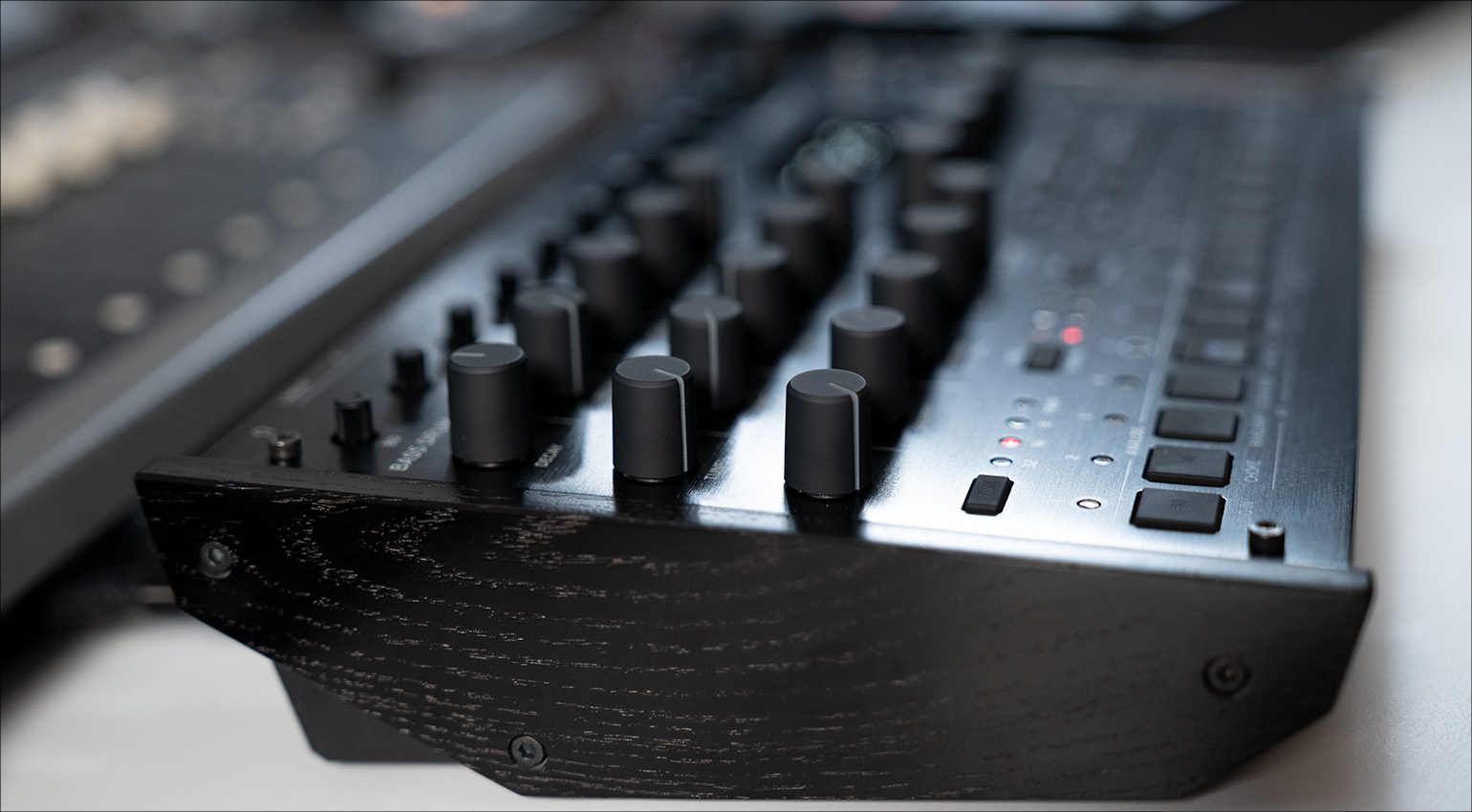

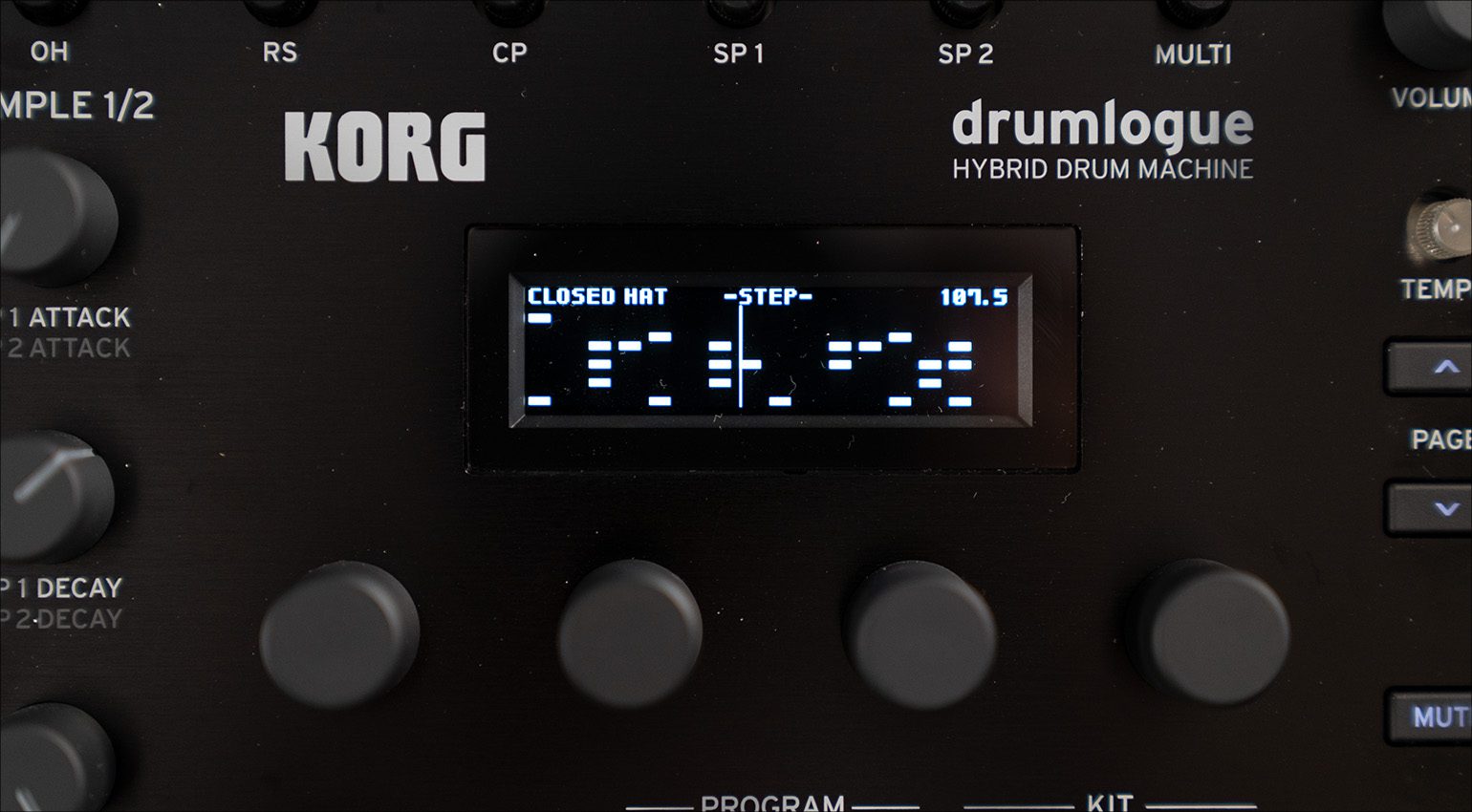
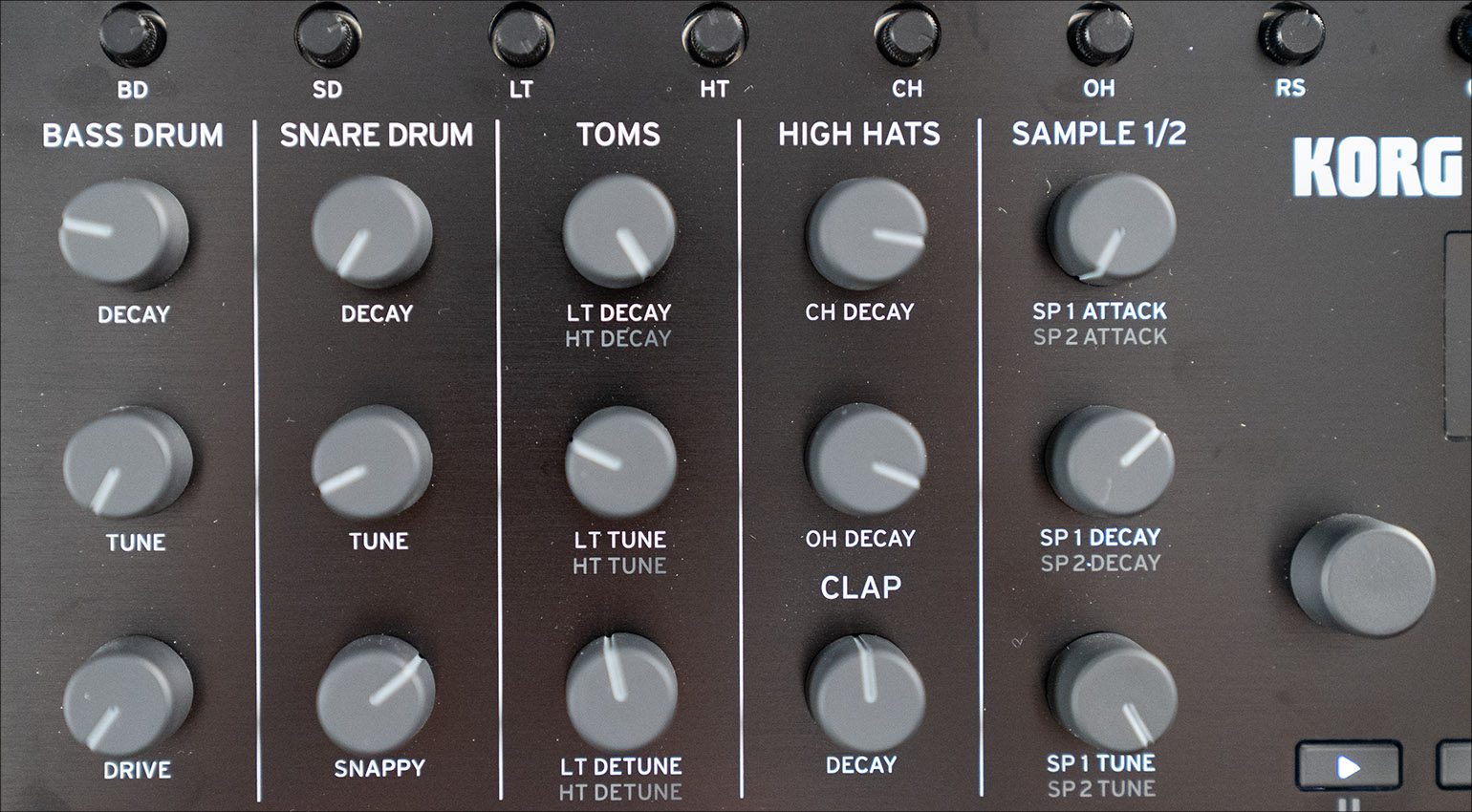
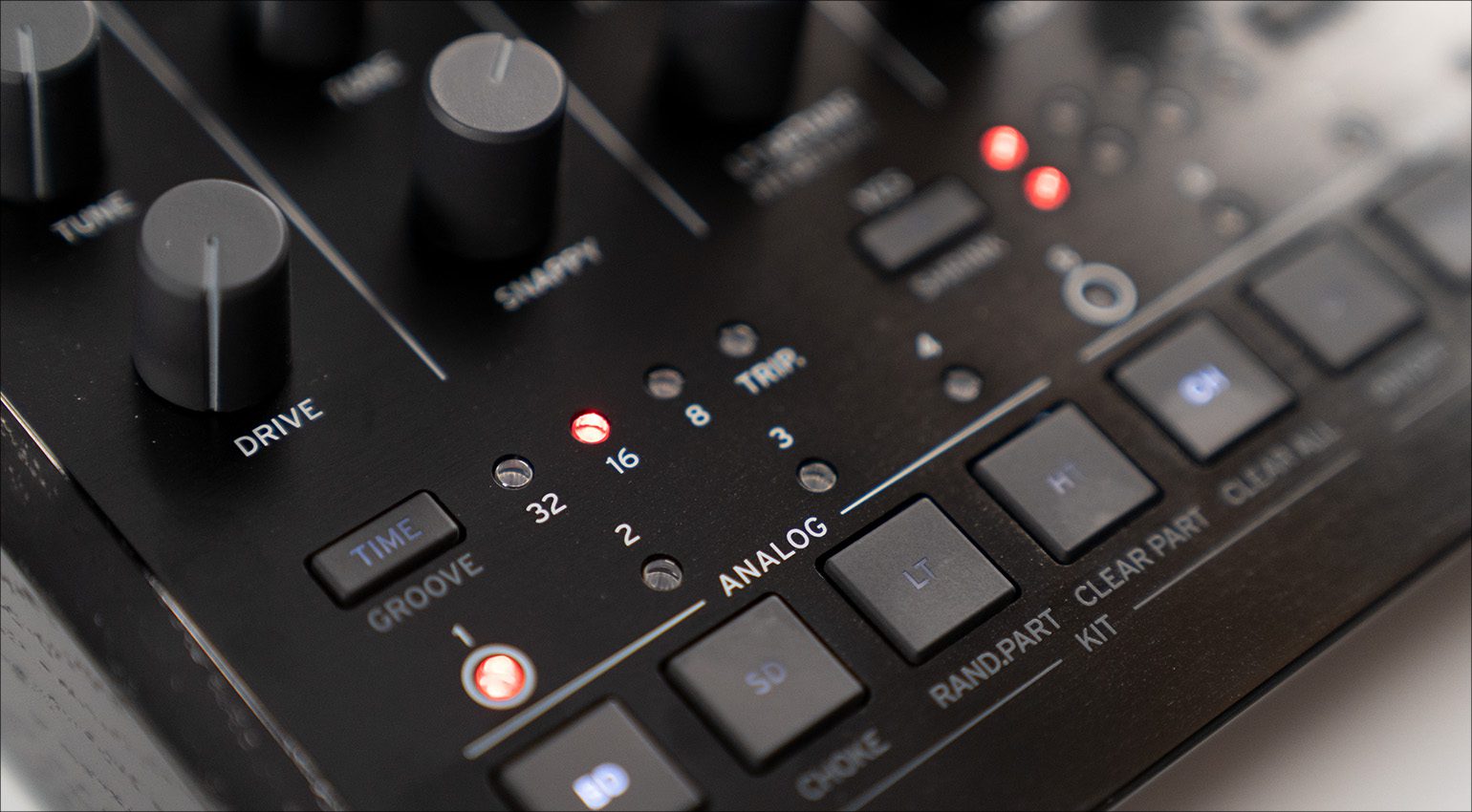
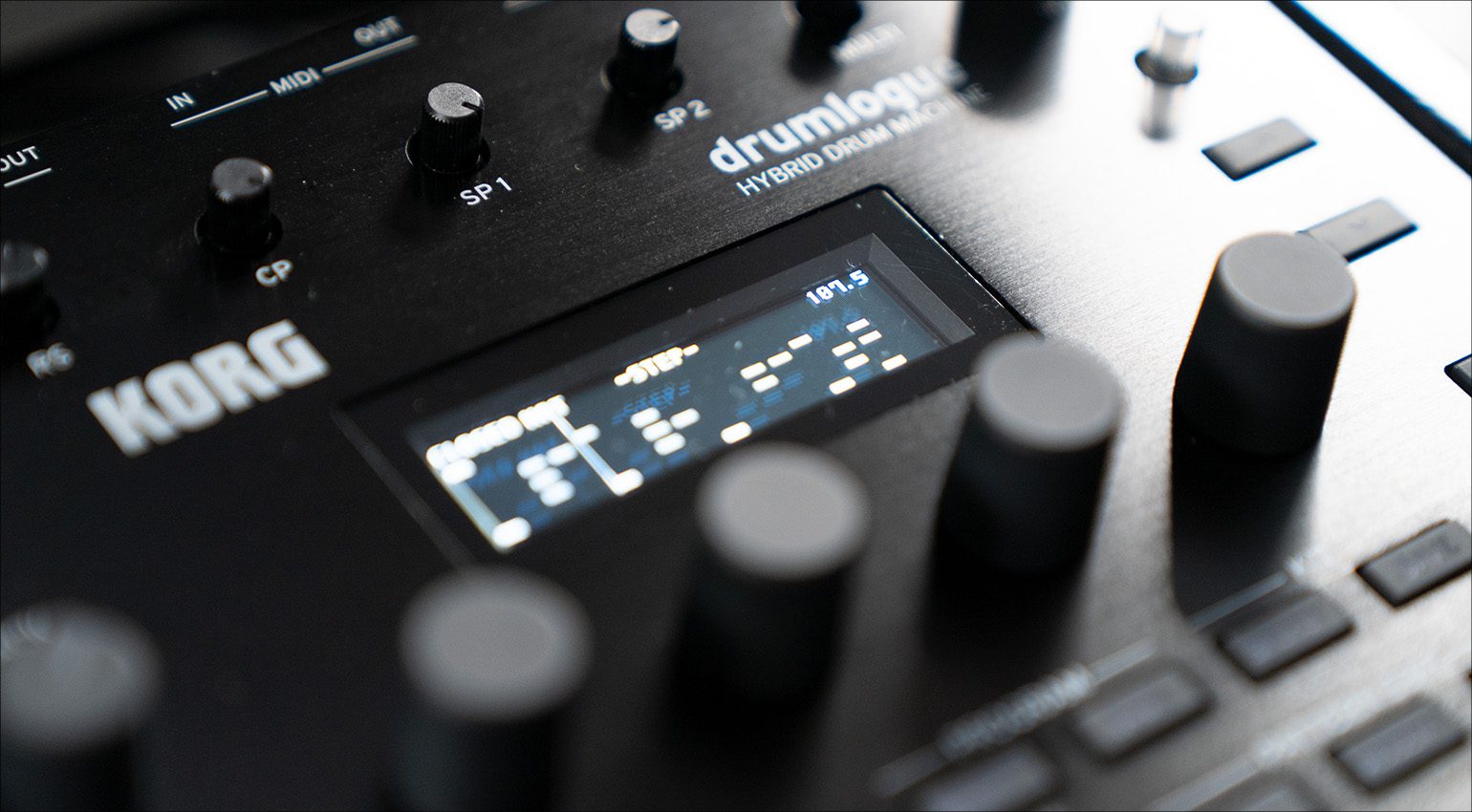
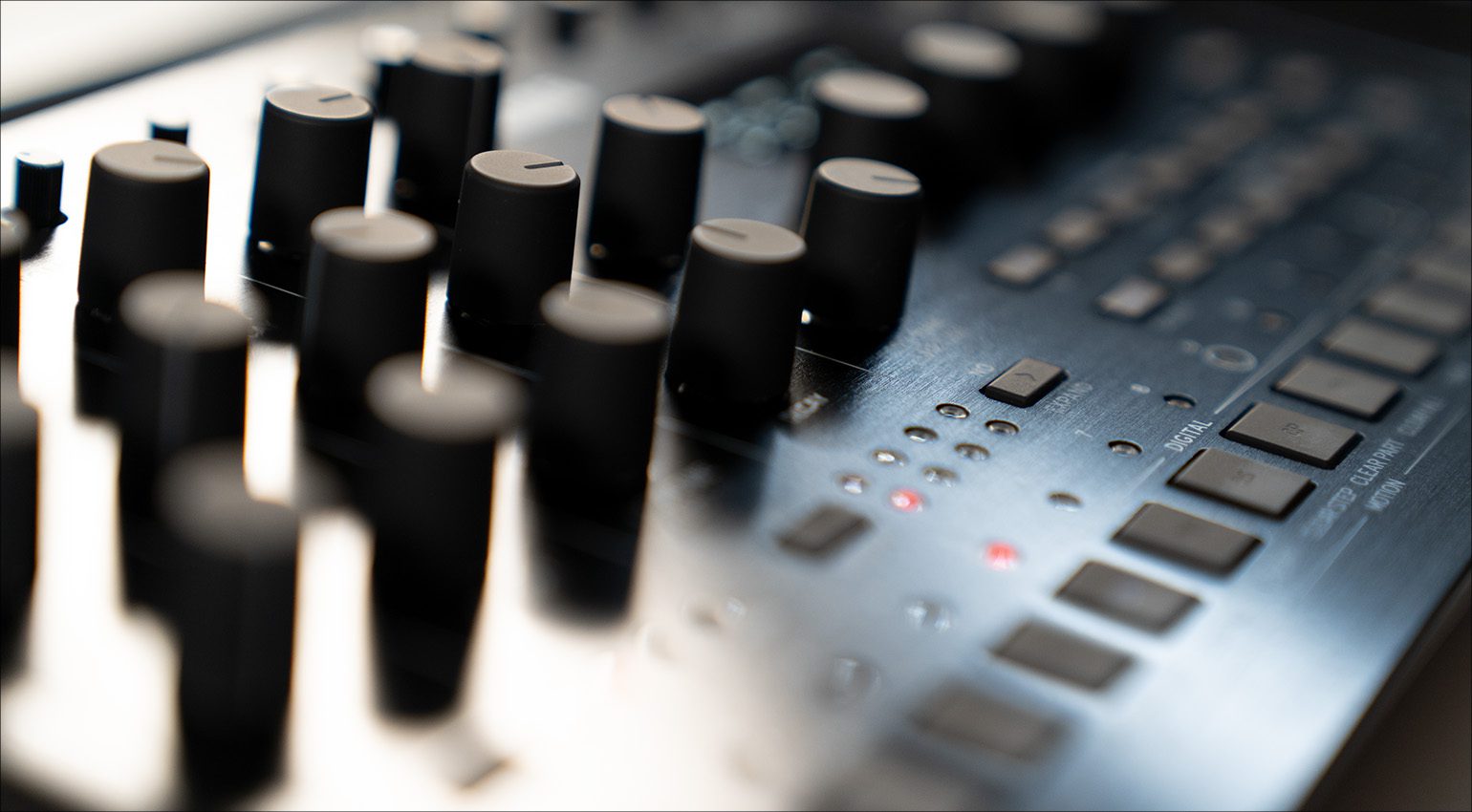

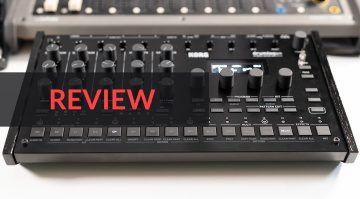

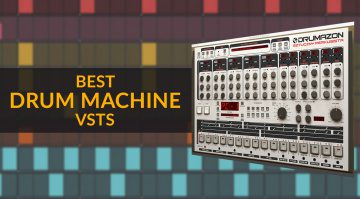

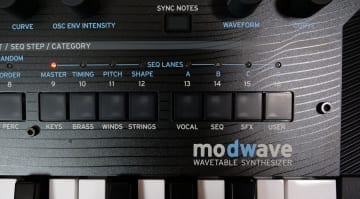
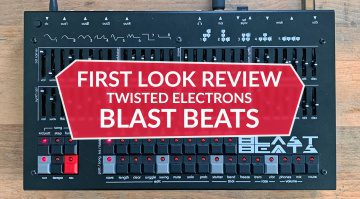
I really hope for their sake, that the analog kick is more editable cause what I’m hearing sounds terrible :S
Nice try Korg, but I’d rather pick up a used Rytm mkI for 600, sounds heaps better to my ears…
Wow this is really underwhelming.
I don’t know what Korg was thinking when they OK’d this :/
Does seem to have much bite does it? Don’t think jomox et al will be losing any sleep over this
You could have added a knob to select the size of the Toms snare and Hi-Hats and the kick Drum. Plus the choice of skins